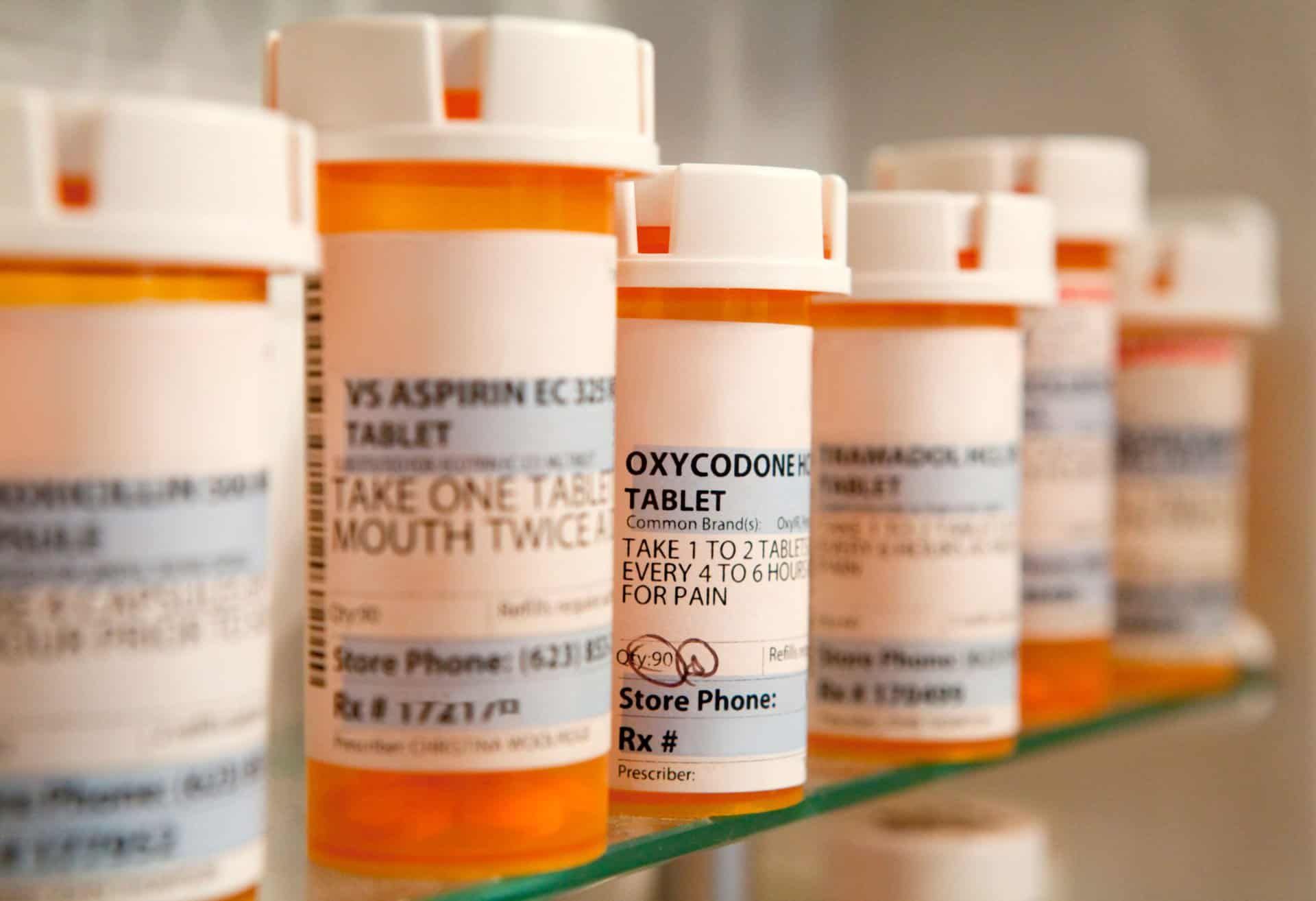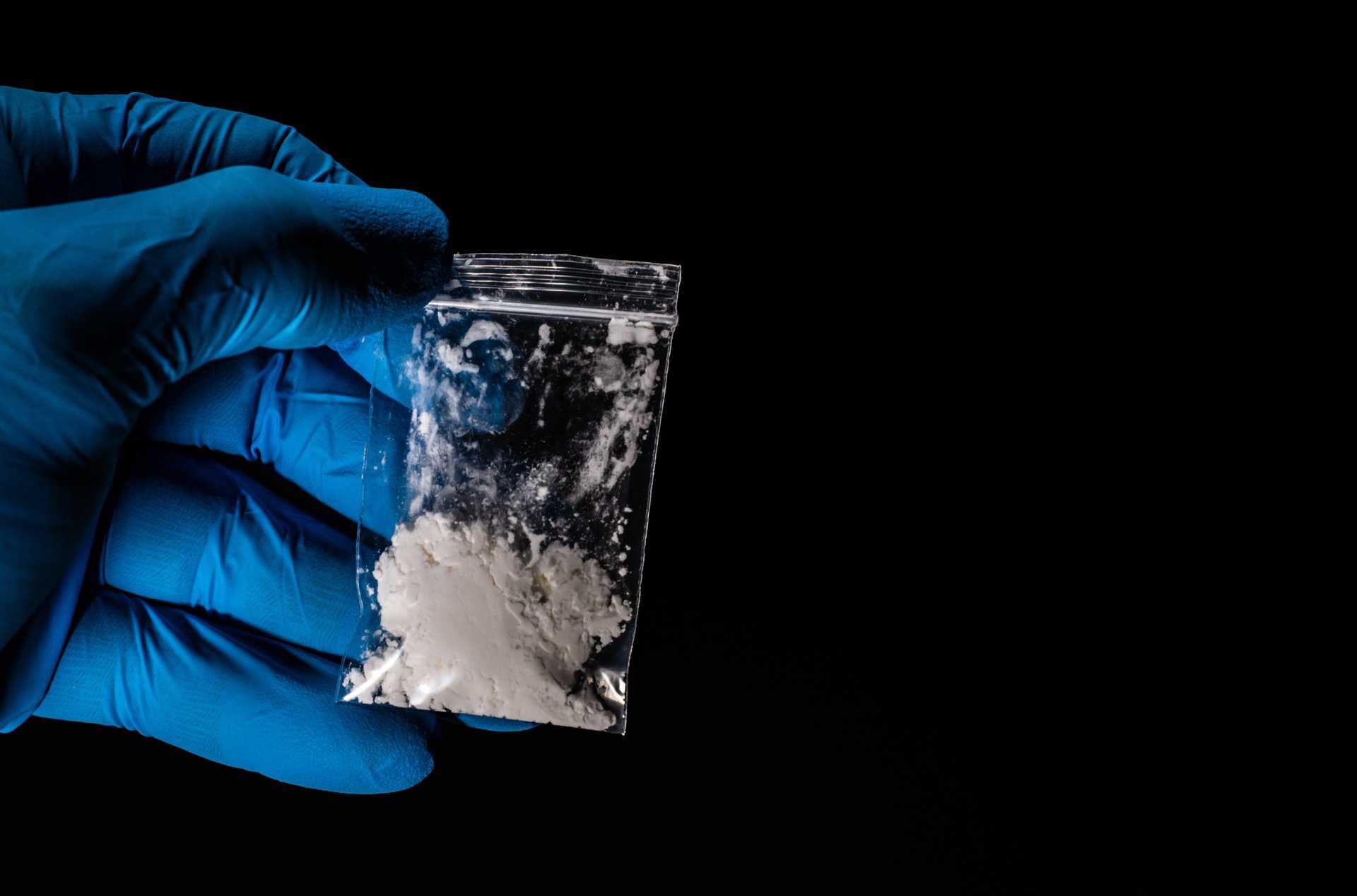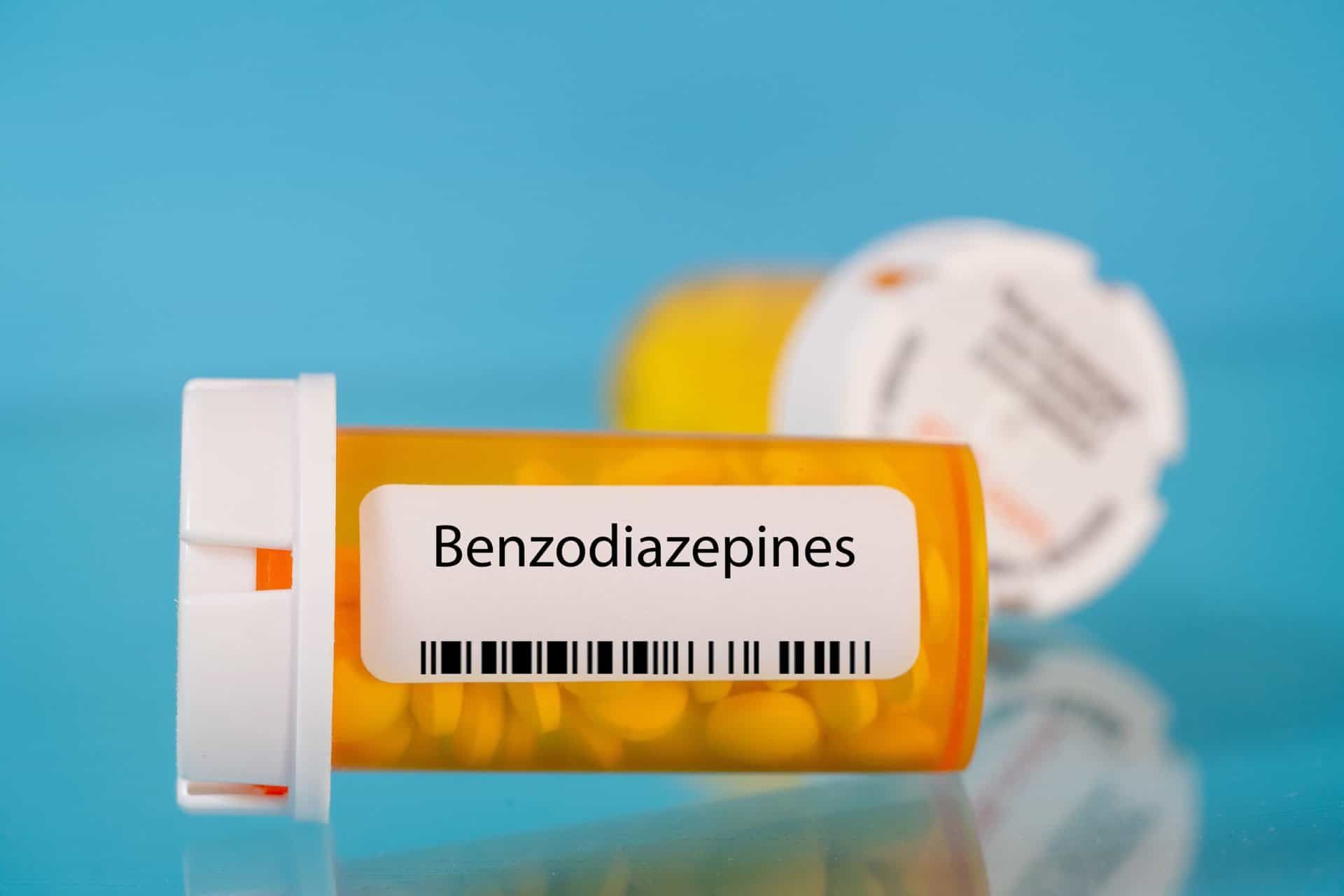Warning Signs of Xanax Abuse
Xanax is in the benzodiazepine drug class and is a treatment for those struggling with panic and anxiety disorders. According to the National Alliance on Mental Illness, 6.8 million adults report having generalized anxiety disorder, and 6 million adults report the diagnosis of panic disorder.
Considering these numbers, learning the warning signs of Xanax abuse is an essential safety component of treatment. Xanax is a highly addictive prescription medication that, even without misuse, can lead to building a high tolerance and physical dependency.
Xanax Abuse Facts
The danger of Xanax remains with long-term or recreational use. A specific population takes Xanax as a recreational sedative to self-medicate. After building a physical dependence on Xanax, withdrawal can be difficult and unpleasant. Knowing the warning signs of Xanax abuse can help prevent the need for professional Xanax detox.
The Substance Abuse and Mental Health Services Administration (SAMHSA) released the following information in their 2020 National Survey on Drug Use and Health Report.
As summarized, people aged 12 and over, including 16.1 million, have misused prescription psychotherapeutic drugs in the past year. Within the 16.1 population misusing mental health treatment medications, 4.8 million were abusing benzodiazepines.
Young adults held the highest percentage of users between the ages of 18 to 25. Benzos are also prescription medications for the treatment of insomnia, and again, the young adult population was the highest population misusing benzodiazepines in the study.
Warning Signs of Xanax Abuse
Many people familiar with the warning signs of Xanax abuse are already caught up in developing tolerance and physical dependency and have lost control. The highly addictive drug Xanax can induce amnesia, hostile behavior, irritability, and disturbing dreams. The warning signs are not just psychological; there are specific effects on the body. Slowing down the central nervous system induces sleepiness and a relaxed mood.
Specific warning signs of long-term Xanax abuse can include any of the following:
- Sedation and drowsiness
- Irritability and hostility
- Dizziness and blurred vision
- Double vision and headaches
- Memory problems
- Lack of focus and coordination
- Swollen hands and feet
- Nausea, vomiting and upset stomach
- Dry mouth and slurred speech
- Confusion and disorientation
- Tremors
- Loss of interest in sex
- Sleep disruption and insomnia
- Appetite and weight changes
- Depression or worsening depression
Why Do People Abuse Xanax?
Although many who are abusing Xanax are aware of the warning signs of Xanax abuse, several factors interfere with their better judgment to stop using the medication. Managing very stressful mental conditions, such as anxiety and panic disorders, Xanax produces a euphoric, relaxed, and pleasurable state of mind. For those taking Xanax properly as prescription advice directs, long-term use builds a tolerance for the drug resulting in the need to take more than directed to reach the desired effect.
Unfortunately for the user, as dosages increase, there is a struggle between understanding and recognizing the warning signs of Xanax abuse, the cravings for the drug, and unsuccessful efforts to cut down or control the dosage. Studies show that even though adverse effects of abusing Xanax occur, the cravings are too strong to fight.
Another danger to consider is that most near-fatal overdoses with Xanax are due to polydrug use or a combination of substances. High dosages of Xanax combined with alcohol or other substances can be very dangerous but exist because the user has built a high tolerance to the drug and seeks the desired level of intoxication.
Effects of Xanax Abuse
Those who are psychologically and physically dependent on Xanax are experiencing a desired escape from their problems, responsibilities, and lifestyle. The cumulative effect of Xanax abuse draws the user in and develops the idea that living without the drug is impossible. The warning signs of Xanax abuse may be significant, but users ignore them. Relationships, work, school, or life responsibilities suffer dramatically in long-term Xanax abuse.
Those addicted to Xanax will undoubtedly resist the idea of detox and treatment. The new normal is the Xanax high they experience, and they cannot believe they can cope without the drug. Hundreds of thousands of people are struggling with Xanax abuse. Long-term Xanax abuse affects memory, cognitive processes, and physical capabilities.
Long-term effects of Xanax abuse include any of the following:
- Thoughts of harming oneself (suicidal ideation}
- Depression
- Hostility and aggressive behaviors
- Hallucinations and seizures
- Chest pains
- Uncontrollable muscle movements
- Hyperactivity
Xanax Withdrawal Symptoms and Detox
For those who recognize the warning signs of Xanax abuse in a loved one or friend, you may want to help encourage detox and treatment.
Unfortunately, withdrawal from Xanax can be a serious and complex process that requires taper management to withdraw from the drug. Roughly 40% of those who detox from Xanax experience severe withdrawal symptoms. It is imperative to receive medical management in a professional detox program for Xanax abuse.
Withdrawal symptoms from Xanax abuse can include, at different levels of intensity, any of the following symptoms:
- Restlessness and insomnia
- Anxiety and panic attacks
- Hand tremors, muscle spasms, and unintentional movements
- Nausea and vomiting
- Sweating and confusion
- Unintentional weight loss
- Heart palpitations
- Hallucinations, delirium, and seizures
In some cases of Xanax abuse, a recurrence of withdrawal-type symptoms can occur after detoxification and treatment. This is a proven syndrome called Post-acute withdrawal syndrome (PAWS) and can appear out of nowhere, so awareness of the possibility is imperative. There is no standard time frame for the symptoms to persist, but they can occur for weeks or months before subsiding. To ensure relapse prevention, understanding how to manage these symptoms can help maintain sobriety.
Common symptoms of PAWS can include:
- Anxiety and depression
- Irritability
- Memory problems
- Drug cravings
- Cognitive decline
- Problems with interpersonal skills
- Sensitivity to stress
- Obsessive-compulsive behaviors
Find the Support You Need for Xanax Addiction in Tennessee
Successful recovery is possible for Xanax addiction with Freeman Recovery Center in Tennessee. Medical detox programs are available and managed by medical and mental health professionals. Treatment options are available to learn how to live independently without the use of substances.
Contact Freeman Recovery Center today for more information and to begin recovery.









